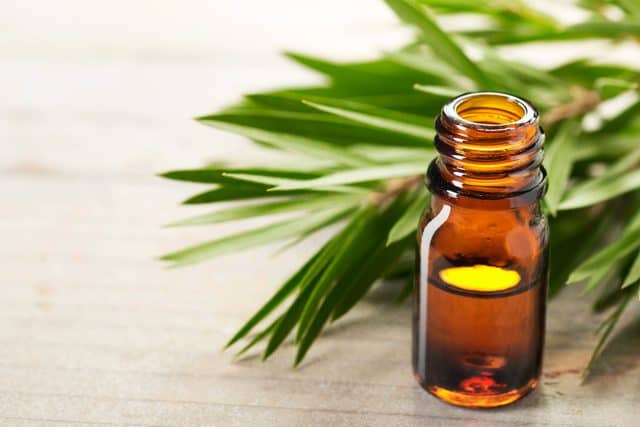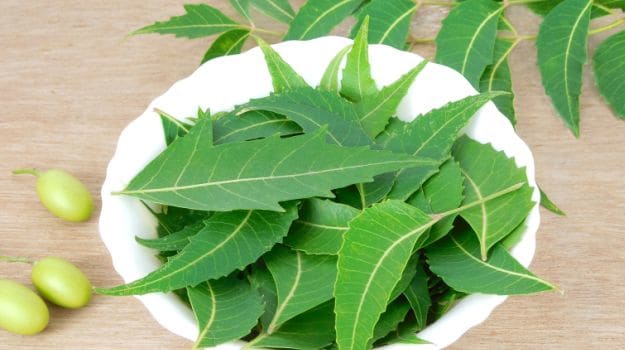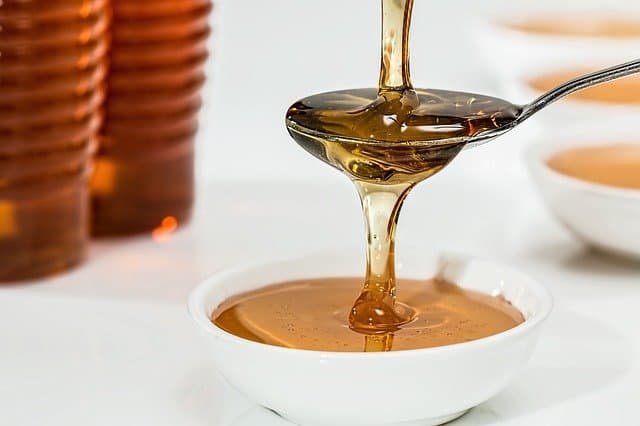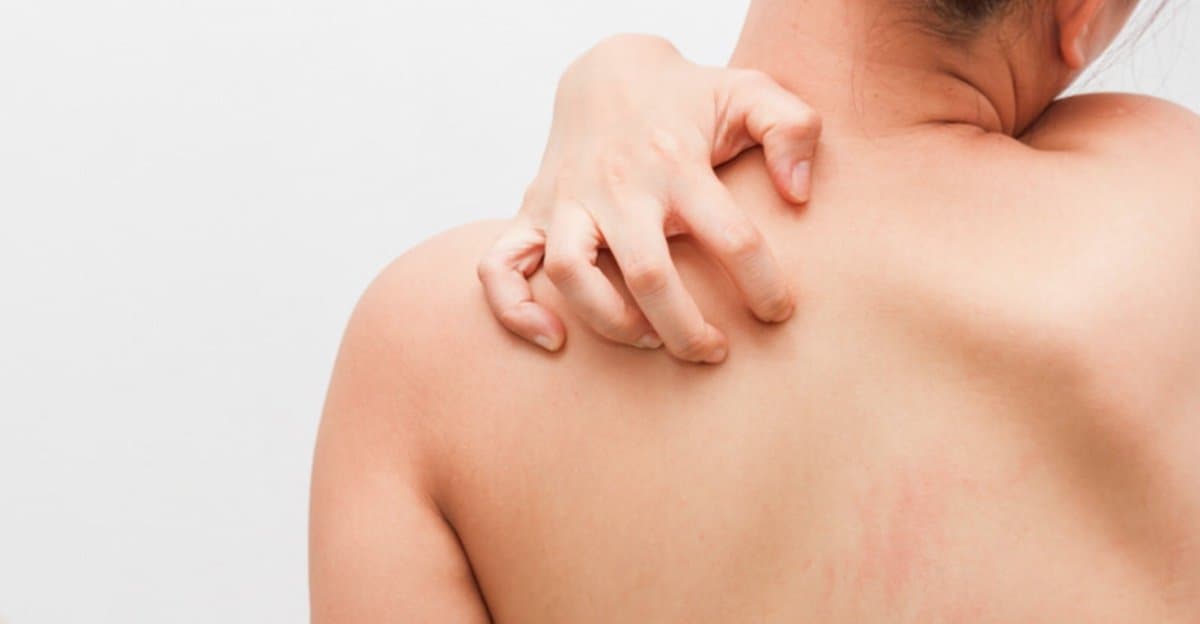As we delve into the topic of skin infections, it becomes imperative to understand their prevalence, especially during humid weather conditions. These infections can occur year-round, but with the added warmth and moisture in the air, they tend to escalate during this particular season. Being alert and taking precautionary measures can greatly assist in reducing the likelihood of contracting a skin infection.
Managing skin infections effectively and promptly is crucial, as they can be contagious and pose a risk to others around us. Awareness of the various causes, symptoms, and treatments will aid us in addressing these infections rapidly and preventing their spread. As we proceed, we aim to equip you with the knowledge necessary to protect yourself and your loved ones from these unwelcome health concerns.
Chapter Overview
Types of Skin Infections
Bacterial Infections
Bacterial infections are common and can range from mild to life-threatening. Most are caused by two types of bacteria: Streptococcus and Staphylococcus aureus. Usually, these infections can be treated with home remedies and by a general physician, but complex cases may need a dermatologist’s help.
Common bacterial infections include:
- Cellulitis: Affects the dermis and subcutaneous tissue layers of the skin and can be caused by multiple types of bacteria.
- Erysipelas: Also known as St. Anthony’s Fire, this painful infection is accompanied by an intense burning sensation.
- Folliculitis: Caused by clogged and infected hair follicles, resulting in tiny, red, pus-filled bumps.
- Impetigo: A highly contagious infection affecting the epidermis, more common in children than adults.
- Methicillin-resistant Staphylococcus aureus (MRSA): A complex infection resistant to standard antibiotic treatment, requiring special care by a dermatologist.
Viral Skin Infections
Viral infections are caused by viruses and can also lead to other skin conditions. While usually mild, some cases can be severe. Common viral infections include:
- Measles: Highly contagious, causing fever, cough, runny nose, inflamed eyes, and skin rash.
- Chickenpox: Highly contagious with an itchy rash and small, fluid-filled blisters.
- Shingles: Caused by the varicella virus, resulting in a painful rash that can occur anywhere on the body.
- Warts: Growths caused by the HPV virus, appearing on fingers or soles of feet. Genital warts are sexually transmitted.
Fungal Skin Infections
Fungal infections typically develop in damp areas of the body, such as the armpits and feet, making them perfect breeding grounds for fungi. These infections are generally not contagious or life-threatening. Common fungal infections include:
- Athlete’s foot
- Ringworm
- Nail fungus
- Yeast infections
- Oral thrush
- Diaper rash
Parasitic Skin Infections
Caused by parasites, these infections can spread from the skin into the bloodstream and organs. While not life-threatening, they can be highly uncomfortable. Common parasitic skin infections include:
- Lice
- Scabies
- Bedbugs
- Cutaneous larva migrans
Symptoms Of a Skin Infection
We can observe various symptoms in a skin infection. Generally, we’ll notice rash and redness of the skin. Other common symptoms include:
- Itching
- Pain
- Tenderness
- Pus-filled blisters
If these symptoms persist or worsen for a few days, it’s important to consult a doctor. Severe infections may exhibit:
- Skin sloughing
- Skin breakdown
- Dark, necrotic-appearing skin
- Discolored skin
These symptoms may impact people with diabetes, obesity, HIV, and weakened immune systems more severely due to increased risks of infection and poor wound healing.
How To Treat Skin Infections Naturally
Garlic Treatment

Garlic is a powerful natural antibiotic with antifungal, antimicrobial, and antibacterial properties. To use garlic for treating skin infections, follow these steps:
- Mince 2 cloves of garlic and mash them into a fine paste.
- Add 3 drops of olive oil and mix well.
- Apply the paste on the affected area and cover with a bandage.
- Leave the paste on for 2 to 3 hours or overnight.
- Rinse off with lukewarm water and repeat once per day.
Tea Tree Oil

Tea tree oil is an effective remedy for bacterial and viral skin infections and can also help reduce inflammation. To use tea tree oil:
- Mix 1 teaspoon of pure organic coconut oil with 5 drops of tea tree essential oil.
- Apply the diluted mixture onto the affected area and massage gently.
- Do not wash your skin afterward and repeat once per day.
Neem

Neem is excellent for cleansing and purifying the skin of microbes. Turmeric powder can also be added to reduce itching and inflammation. To use neem for skin infections:
- Pick 1 cup of fresh neem leaves, ensuring they are tender and small.
- Boil in 3 cups of water until the water turns dark green.
- Add 1 teaspoon of turmeric powder and mix well.
- Strain the leaves and use the water to wash the infected area twice per day.
Honey

Honey has potent antimicrobial, antifungal, and antibacterial properties, and is also soothing and moisturizing for the skin. To use honey on skin infections:
- Apply organic and raw honey to the affected area.
- Wait for 15 minutes, then rinse with lukewarm water.
- Repeat once per day.

